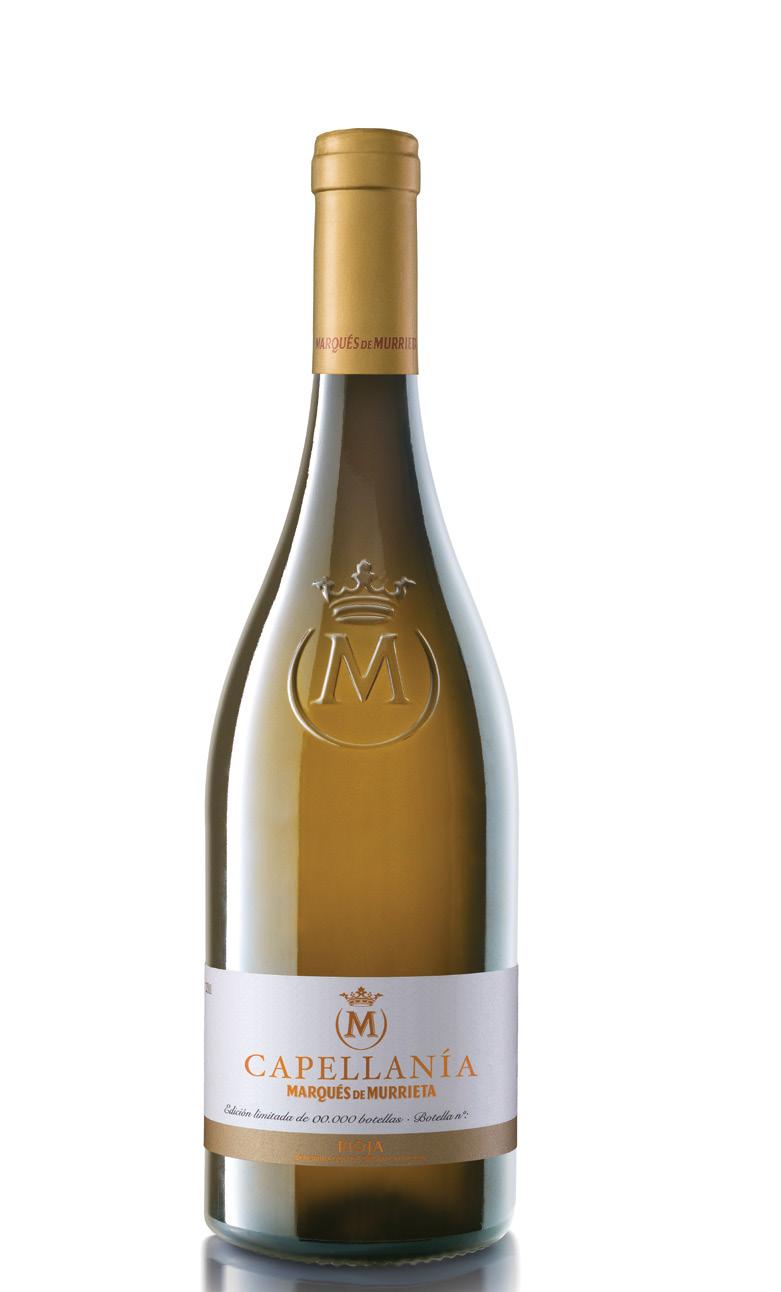
4 minute read
WORDS PHILIP HARRIS IN PRAISE OF THE OLDER VINTAGE
The question: ‘Will my tinned tuna still be usable two years after the best before date?’ was probably never asked at the official medical briefings during the pandemic. However it will have shocked many to find a forgotten tin did have a limited shelf life. Similarly, that pack of dried mushrooms had spawned enough life to entertain a botanist. The arrival of the new season’s produce brought freshness, youth and vitality to shopping baskets. These same characteristics are keenly anticipated in the new white and rosé vintage now on the market. But are we really helping ourselves by ditching the old in favour of the new? With rosés, a qualified ‘yes’, but with whites we need to adjust this default setting.
WORDS PHILIP HARRIS
With food, particularly meat or fowl, youth is not the best friend of flavour or texture – where would we be without the aged Rubia Gallega beef? White wine is similar and made me think that more guidance is needed for it: no, not units per bottle, or good with tinned sardines but ‘do not open before’. Many in the UK believe that ageing white wine means the time taken from purchase to opening! For the Friday evening bottle, this is usually 20 minutes (allow an extra 20 minutes to chill) so a UK version of ‘do not open before’ would show a clock not a year. Here’s a little help for those afraid of the unknown.
A SUITABLE GRAPE VARIETY
Numerous white grapes have potential, but notables include Chardonnay, Sauvignon Blanc (yes, despite the innumerable cases of vinous infanticide) and from a Spanish perspective Albariño and Viura (Macabeo). “Sourced from our single vineyard planted in 1945, the Viura of Capellania produces wines with great concentration and maturity balanced by a high acidity. Despite being very accessible once released, usually 4 to 5 years after the harvest, it offers still a great ageing potential. A 2015 will be refreshing and fruit forward but a 2001 or 2004 for example, would still be vibrant and show great capacity of ageing,” says María Vargas, Head Winemaker My formative years in Germany involved drinking a lo t of Riesling, which bestowed a healthy respect for the patience needed to enhance its enjoyment. Tasting notes of the new vintage Rieslings in April and May were peppered with words like needs time, green, appley, or (sometimes) bracingly acidic. Even in 1986, the 1984 vintage still showed an overabundance of acidity. This highlights a co-dependency between acidity and time: you need the former to maintain freshness while developing and the latter for it to work its magic. Old World Rieslings take 2-3 years to start showing their elegance and majesty, as does Albariño.

SKIMMING THROUGH THE SCIENCE (THE DRY BIT)
Changes in a wine occur during maturation. These take place between the alcoholic fermentation and bottling and again in the bottle. Many wines undergo a malolactic fermentation, which is common for reds but less so for whites. However, the change from the harsh, applelike malic acid to softer lactic acid makes a white wine taste creamy and enhances its life. White wine maturation usually takes place in stainless steel vats and the bottle. Sometimes barrel fermentation and maturation is used for part or all of the wine, along with the use of new and old oak. Producers have become adept at putting together a cocktail of these parts for the final release and subsequent development. There are numerous opinions but no definitive answer as to how a producer should mature a wine (unless the wine laws state otherwise).
ILLUSTRIOUS OPPOSITES
Take two iconic Spanish whites: Terçer Año from Palacio de Fefiñanes and Capellania from Marques de Murrieta. The former from Galicia is made from Albariño, produced and matured in stainless steel. The latter from
“Sourced from our single vineyard planted in 1945, the Viura of Capellania produces wines with great concentration and maturity balanced by a high acidity. Despite being very accessible once released, usually 4 to 5 years after the harvest, it offers still a great ageing potential.” María Vargas, Head Winemaker
Rioja is made from Viura, fermented in stainless steel and matured in French oak. They are completely different apart the use of the best quality grapes. These are earmarked for those specific wines and that is a skill of the estate. Both are brilliant and given time, multi-dimensional.
THERE’S NOTHING TO FEAR
With reds we recognise that further ageing produces extra dimensions. Note the differences between Joven, Crianza or Reserva Riojas with changes of colour, softening of tannins and development of flavours and bouquet. But with whites, consumers appear uneasy waiting for the dissipation of acidity to transform an edgy, green palate to a smooth textured one. They are equally reluctant to accept any sacrifice of a floral or fruity bouquet. And if the colour deepens from pale to gold, it’s apparently on the way out… Sauvignon Blanc (SB) probably best emphasises this double standard. Rueda and New Zealand SB are perfectly enjoyable after three years even without the nettle-like sting or freshly cut grass character of their youth. Like Rieslings, the noble Fransola from Torres (a blend of SB and Parellada) only starts to open up after that period.
TRY THIS AT HOME
Buy six bottles of a quality Cava such as Gran Juve. Drink three, put three aside. Repeat the following year and compare the second year’s purchase with the first. Your palate will be richer for the experience if not necessarily your wallet.
Happy Drinking!










